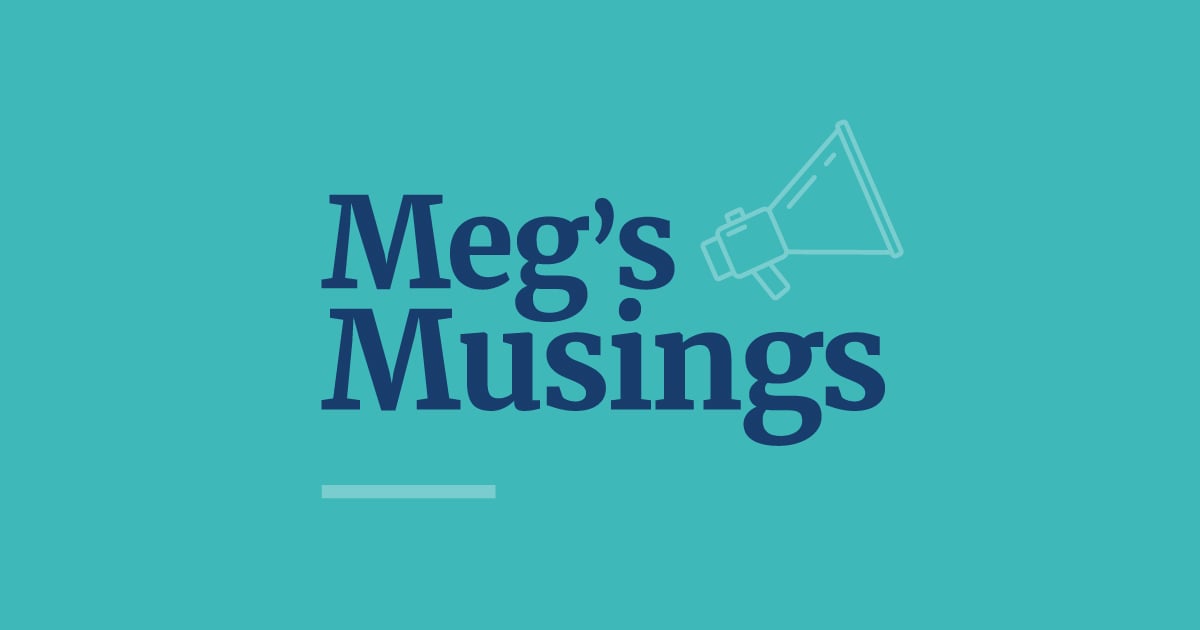
Meg Heffron
Managing Director
It probably wasn’t a huge surprise to see the Albanese Government returned for a second term on Saturday.
But I have to confess to being very much a novice when it comes to politics and the strength of the ALP’s new majority did surprise me. Given the results, and the fact that at the time of writing it seems likely the Government might only need the support of the Greens in the Senate, I guess we should assume Division 296 tax will become a reality.
It will be interesting to see what changes or compromises happen from here.
The Greens are on record as not only supporting this tax but in fact also wanting to see the threshold at which it applies reduced from $3m to $2m (and getting rid of new LRBAs at the same time). If that happens it will naturally capture many more taxpayers and – I suspect – won’t include a mechanism to automatically index the threshold over time. (Note that the Government’s position before the election was to refuse the drop in threshold.)
There have been many voices calling for a change in method (ie one that doesn’t tax unrealised gains). In the last Parliament, concern over that specific design feature on the cross bench was enough to discourage the Government from actually putting it to a vote in the Senate. But I expect that resistance will also be quieter (or at least less of a barrier to the Government) in the next Parliament.
Surely we will at least see the start date deferred? I can’t imagine a single super fund (small or large), software provider or regulator will be ready to deal with a new method for calculating total super balance by 1 July 2025.
For those who are now madly scrambling and want to avoid the tax altogether, it’s important to remember that even a 1 July 2025 start date doesn’t mean it is critical super balances are down to $3m within the next few months.
Don’t forget the tax is worked out based on the extent to which the balance exceeds $3m at the end of the year (ie 30 June 2026 at the earliest). Anyone who has $3m or less at 30 June 2026 won’t pay Division 296 tax no matter how large their balance was at 30 June 2025. And someone whose balance is only just over $3m at 30 June 2026 will pay very little Division 296 tax no matter how strong the growth in their super during 2025/26. It’s easy to forget the maths but see our article here for an explanation. While this was written before the draft legislation was released, the calculation methodology hasn’t changed.
In fact for those who make “losses” for Division 296 tax purposes during what is shaping up to be a very uncertain 2025/26 (ie, their super balances go down from their investments returns rather than up), it might be better to stay “in” the Division 296 tent for 2025/26 to at least capture those losses and use them to offset future Division 296 tax amounts.
The process to get this legislation passed will involve both houses of Parliament (while it passed the House of Representatives before the election, this effectively lapsed when the election was called).
All this will play out in the next few weeks I expect. Or perhaps the Government will have so many other issues on its plate, super will be left alone for a bit?
If Division 296 tax is introduced as originally planned by the Government, there will be a lot of thinking to do. We will be running extra education to make sure trustees, advisers and accountants in our network are well equipped for its introduction. We have a dedicated web page that brings together all our resources on this topic here. We’ll highlight new events on that page as and when they are released.
This article is for general information only. It does not constitute financial product advice and has been prepared without taking into account any individual’s personal objectives, situation or needs. It is not intended to be a complete summary of the issues and should not be relied upon without seeking advice specific to your circumstances.



